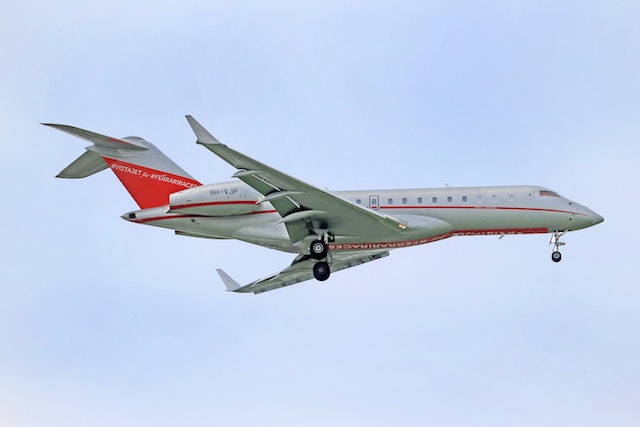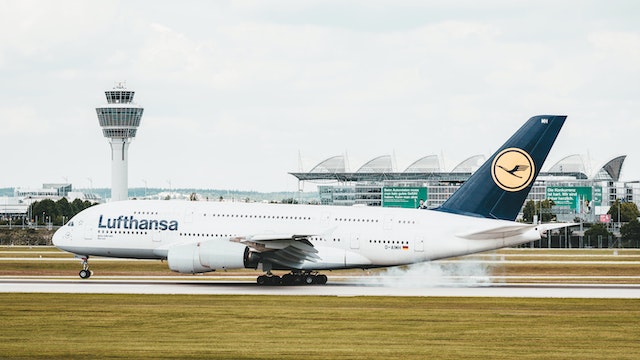Considerations for Buying Used Light Aircraft
There are many factors to consider when buying used light aircraft. You need to check several factors to know whether the specifications of the aircraft meet your requirements. While this can be an exciting experience, make sure that you evaluate your options very carefully so that you are able to find the right choice.
When searching for a light aircraft or airplane for sale, you need to think about the purpose of the purchase and how you intend to use it. Maybe you are looking for an aircraft that is suited to a business commuter or you may be interested in recreational flying. Having a good idea of the specifics of your requirement will help you evaluate whether the aircraft meets your needs. You will also need to have a budget in mind. But make sure you consider costs for hangar fees, insurance, fuel and maintenance in addition to the upfront cost of the sale. This should be possible based on your financial capacities. Your ownership experience should be comfortable instead of something that causes you stress. You need to review the maintenance and inspection history of the aircraft before purchasing. You can ask the seller to provide you with the necessary documents such as maintenance records and logbooks. This will give you an idea of any repairs the aircraft has undergone.

Checking maintenance history will let you know if there are any modifications done to the aircraft.
It is important to purchase an aircraft that has undergone proper maintenance at the right time. Some details you should look for to understand the overall wear and tear of the aircraft will be airframe and engine hours. When this value is higher, you can safely assume that the aircraft will need more frequent maintenance. You should also consider the overall condition of the aircraft. When evaluating the exterior, you need to check whether there are any structural issues, signs of damage or corrosion. Check the level of general wear and tear in the interior along with its functionality. Is it comfortable and does it meet your preferences when it comes to aesthetics? However, make sure to prioritise the structural integrity of the aircraft above all else.

You can carry out a professional pre-purchase inspection.
This can be conducted by an experienced aviation maintenance facility or an aircraft mechanic that carries the right certifications. They will be able to inspect the aircraft’s condition at depth by considering the systems and components to give you an idea of its functionality. You should also evaluate the equipment installed in the aircraft. The avionics should be up to date and compatible with how you intend to use the aircraft. Some of the equipment that can assure a safe and convenient ride are navigation systems, autopilot, weather radar and communication equipment. There are also specifications that will help you evaluate the performance of the aircraft such as range, fuel consumption, maximum altitude, cruising speed and distances for take-off and landing. You need to check whether these values meet your operational requirements.